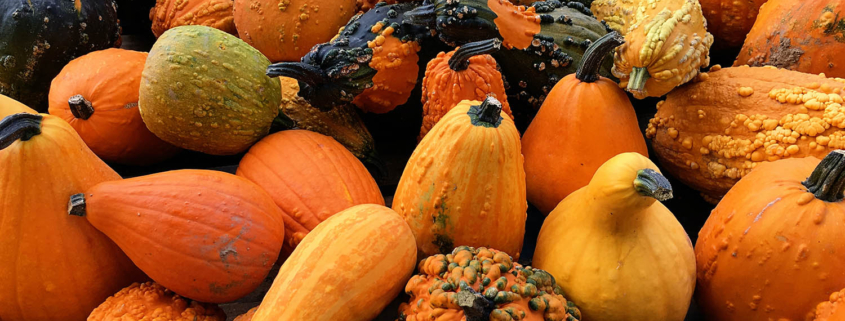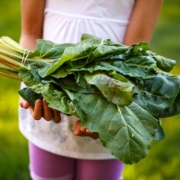Saving Seeds: Protecting the Planet and Seed Sovereignty
Seed saving is about more than food; it is also about protecting future food crops on Mother Earth and facilitating Indigenous food sovereignty around the world. Saving seeds from one harvest to the next is necessary for Indigenous communities to meet their need for certain food crops, traditional medicines, as well as other cultural and social needs.
As a highly evolved process involving different stages, seed saving can include “optimal season times for seed saving, seed-saving rotations, containers, and storage units that lasted for hundreds of years, processes that considered pollination patterns and systems, and associated cultural meaning to different stages of the seed-saving process.” The importance of seed sovereignty has increased with the commercialization of seed markets. Seed sovereignty is “[t]he farmer’s right to breed and exchange diverse open-source seeds which can be saved and which are not patented, genetically modified, owned or controlled by emerging seed giants.” Seed sovereignty also aligns with “seven pillars of food sovereignty” that:
- Focuses on food for people
- Builds knowledge and skills
- Works with nature
- Values food providers
- Localizes food systems
- Puts control locally
- Food is sacred.
Seed saving enables Indigenous communities to get back to their roots and to reconnect with Mother Earth. Saving seeds holds spiritual significance for Indigenous peoples. Seeds are understood as living beings from which humans are descended and with whom humans hold a reciprocal, if not symbiotic, relationship. Therefore, with seeds as their relatives, “members of an extended family,” Indigenous peoples must take care of them by preserving them for future generations. Returning seeds to Mother Earth, their original home, is sometimes referred to as “seed rematriation.”
Seed banks and seed sanctuaries are vital repositories to protect the genetic diversity of food crops on the planet. They are intended to protect seeds for the future. There are seed sanctuaries operated by collaboratives, such as the Native American Seed Sanctuary, which involves Akwesasne, the Hudson Valley Farm Hub, the Indigenous Seed Keepers Network, and until the end of May 2021, Seedshed. Indigenous nations have also developed their own seed banks, such as the Cherokee Nation Seed Bank and the Kenhte:ke Seed Sanctuary and Learning Centre; the latter is managed by Ratinenhayén:thos in Tyendinaga Mohawk Territory. The most significant seed bank on the planet is the Svalgard Global Seed Vault, located in Norway, which securely stores the world’s food crop diversity. The Cherokee Nation was the first Indigenous nation to contribute seeds to the vault.
The International Treaty on Plant Genetic Resources for Food and Agriculture, often referred to as “The Seed Treaty,” is “a global agreement on sharing and caring for seeds.” The Seed Treaty serves to ensure that there is genetic diversity in seeds for the world’s food; however, the treaty does little to protect Indigenous knowledge about the seeds, nor does it protect against commercial exploitation. Clear documentation and agreements are needed when seeds are first collected and deposited in seed banks in order to reinforce Indigenous peoples’ seed rights.
By Leela Viswanathan
(Image Credit: Melanie Hughes, Unsplash)





